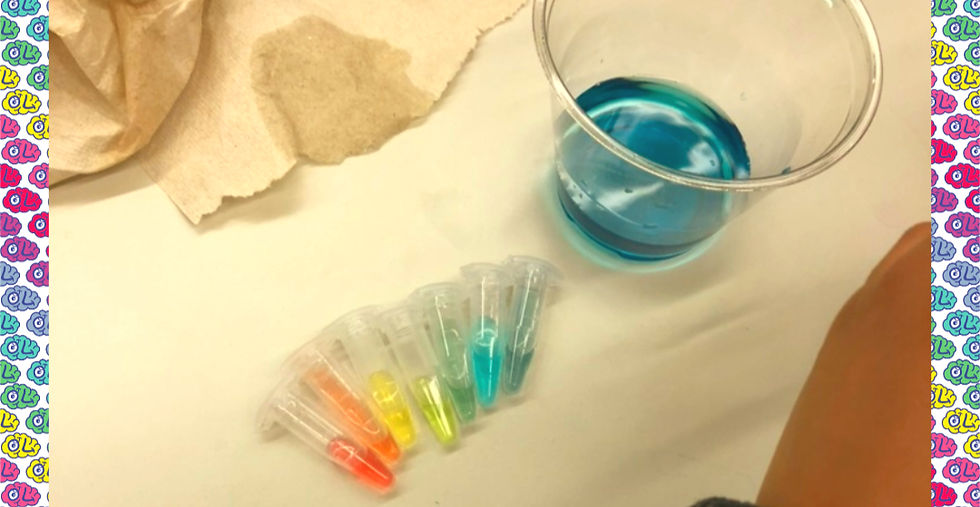Wastewater Warnings
- Amelia Ahnert

- Jan 25, 2024
- 2 min read
Updated: Jan 31, 2024
We use water every day to wash our hands and flush our toilets. The contents that flow through the drain is called wastewater. Scientists ask the question:
Where does wasterwater end up and what can it tell us about ourselves?
The wastewater travels through pipes below the city to a local water treatment plant. Once there, the larger particles are separated from the liquid wastewater. This is the first of many processes used to physically and chemically separate contaminants in the water before it can be reused.
Scientists test and monitor wastewater throughout the process. One reason is to
make sure that the wastewater is thoroughly cleaned before reuse. But another equally important reason is to extract information hidden in the wastewater that we don’t want to waste. Information about the people who used this water can be extracted. Scientists collect data from wastewater to gather information about opioid usage, polio, and other health concerns1. In 2020, The CDC (Center for Disease Control) launched a National Wastewater Surveillance System to collect data on the amount of SARS-CoV-2 in wastewater2. SARS-CoV-2 is the virus that causes COVID-19. Anyone infected with the virus contributes to the amount of it found in wastewater, whether or not they have symptoms. This helps track potential outbreaks of the virus in communities before an increase in confirmed positive cases is found at testing sites. With the rise in at-home testing, this viral RNA data can provide insight on the number of cases since at-home results are not recorded. One sample of wastewater can contain information from thousands of individuals1. This makes it a cost-effective and convenient way to collect data about an entire population’s health.
Now, researchers are looking into what other data can be collected from wastewater to aid in the COVID-19 pandemic and future pandemics. A team of scientists at University of Buffalo in New York found that the concentration of acetaminophen increased in wastewater 2.5 weeks prior to an outbreak of COVID-19 cases3. It’s likely that people were treating their initial symptoms with over-the-counter medication and remnants of that ended up in wastewater. In comparison, the concentration of viral RNA in wastewater increased only one week prior to the spike in COVID-19 patients4. The team at UB cautions that this data is only based on their samples collected at four local water treatment plants and is looking forward to seeing what other research teams find in their data4.

Looking to review graphing with your students? Download our FREE Wastewater Warnings Graph Analysis worksheet. Let us know what you think of the lesson in the comments!
Interested in sharing this article with your students? Download a printable version here!
References:
1 https://www.nbcnews.com/news/us-news/wastewater-samples-reveal-record-levels-covid-19-us-rcna10451
2 https://www.cdc.gov/healthywater/surveillance/wastewater-surveillance/wastewater-surveillance.html



Comments